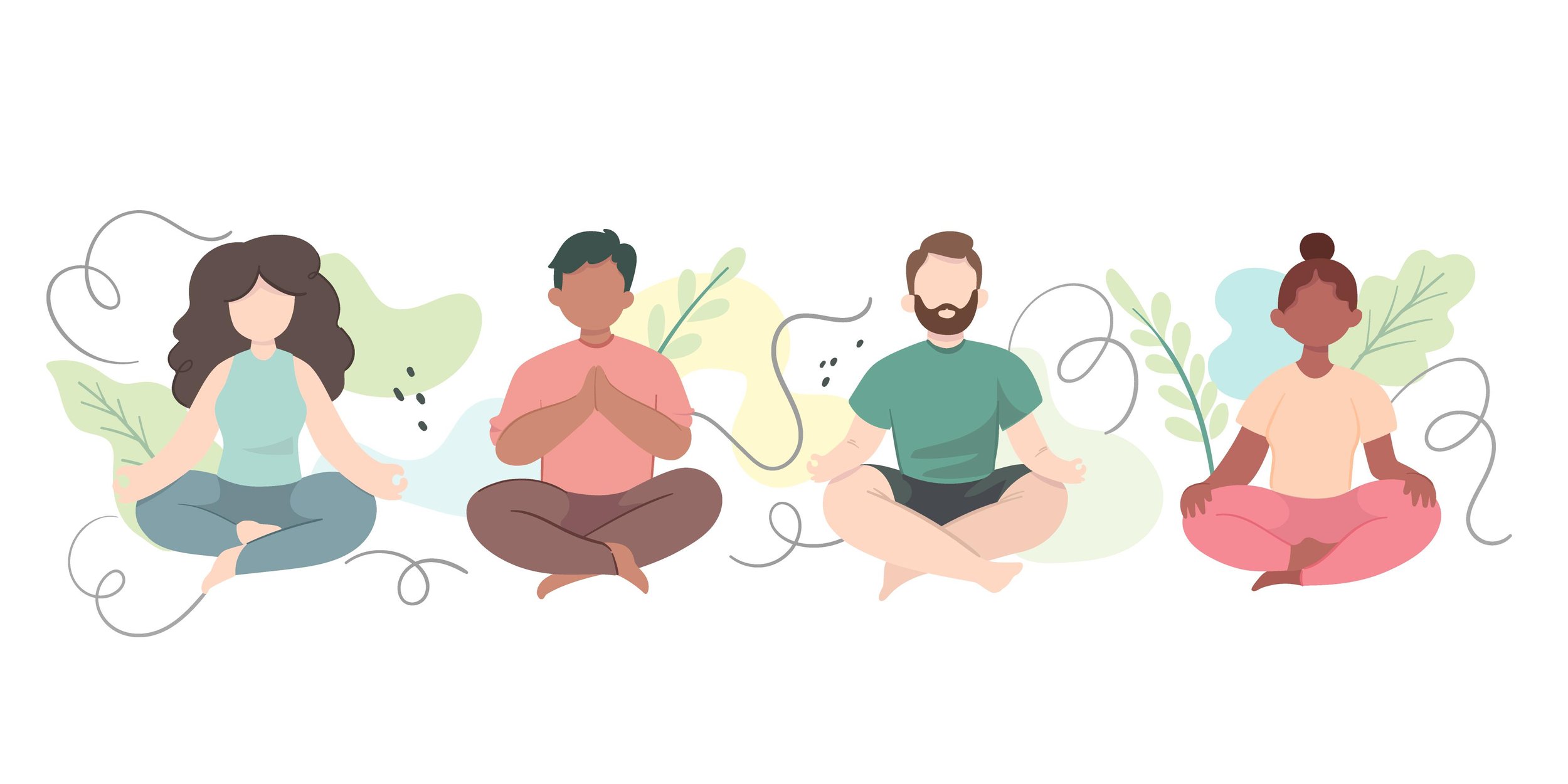Harnessing the Power of Awe
/By Anne Decore, lmft
I recently attended a psychology conference in California where I had the opportunity to learn about the science of awe from Jonah Paquette, a clinical psychologist and author of the book “Awestruck: How Embracing Wonder Can Make You Happier, Healthier, and More Connected.”
So, what is awe and why is it important in our lives?
According to Paquette we can define it as “the feeling we get in the presence of something vast that challenges our understanding of the world.”
Vastness (perceptual or conceptual) and transcendence (assumption-challenging) are the two key components of awe. Awe is a universal human emotion found across all cultures, though there are individual differences in frequency of experiencing awe, and in sources of awe.
I invite you to try this quick mental exercise:
Think about a particularly awe-inspiring memory that you can recall.
Where were you?
Who were you with?
What was the experience like? How did your body feel?
How did you feel toward others?
What perspectives did you have?
You may have noticed from your personal recollection how awe served as a pathway into connection, compassion, curiosity, gratitude, optimism. In other words, awe increases important positive mood states. Studies show that awe activates areas in the brain linked to interpersonal bonding and the release of oxytocin. And, it reliably leads to a feeling of smallness relative to the world around us, a phenomenon known as “the small self”, where we feel linked to something greater than ourselves, increasing our sense of meaning.
In other words, awe induction is really good for us. How can you experience more awe-inspired moments? Look for it in the everyday. As Dr.Paquette puts it, “how many things in your field of vision are actually wondrous, but that we overlook every day?”
Here are some places likely to yield results:
Nature, science, timelessness & vastness, courage & inspiration, the arts, gratitude, social connection, new learnings.
While I was in California for the conference, I got to see fireworks light up the night sky beside a dear longtime friend of mine. The only thing better than awe is sharing it with others.








